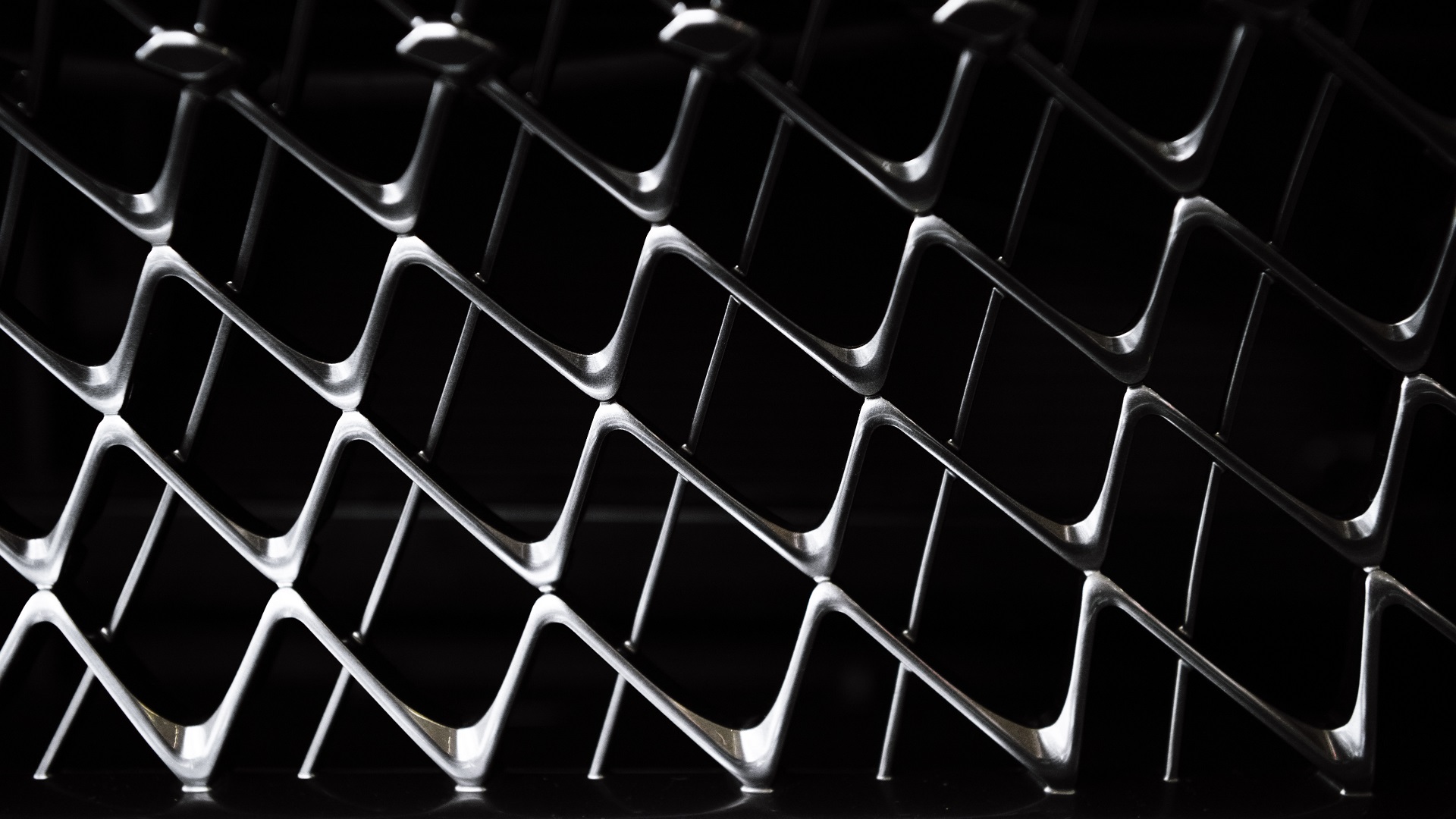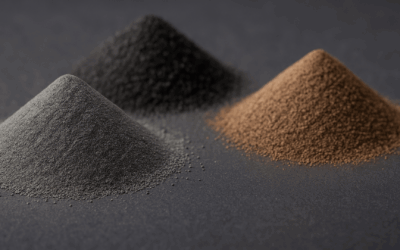Carbon fiber composite materials have pushed the performance envelope within 3D printing due to their strength, stiffness, heat resistance, and durability. They offer manufacturers a step-change in performance over standard thermoplastics for more demanding 3D printing applications.
Fiber-reinforced materials are made by adding chopped or continuous fibers to a base polymer material to enhance its strength and durability. The fibers can be made of various materials, including carbon, glass, and Kevlar, and can be aligned in a specific direction to provide maximum strength in that direction. The resulting composite material is used to create stronger and more durable parts than those made with unreinforced materials.
What makes the use of carbon fiber in 3D so appealing? These materials exhibit several beneficial characteristics. Below are 9 things to know about using carbon fiber in 3D printing. Keep them in mind when your 3D printing applications require a higher level of performance.
- Strength: Carbon fiber is one of the strongest materials available, and when combined with a base polymer, it can be used to create stronger parts than those made using non-reinforced materials.
- Lightweight: Carbon fiber FDM materials offer a lighter alternative to metal, making it ideal for creating parts that need to be strong but not heavy.
- Durability: Depending on the specific base polymer, fiber-reinforced thermoplastics offer high durability and can withstand high temperatures and harsh environments.
- Stiffness: Carbon fiber is very stiff, which makes it ideal for creating parts that need to be rigid and maintain their shape with no deflection.
- Chemical Resistance: Fiber-reinforced materials also offer chemical resistance, though this characteristic will depend on the base polymer.
- Design Flexibility: Carbon fiber-reinforced FDM plastics can create strong parts with complex geometries and shapes that would be difficult or impossible to make using traditional manufacturing methods.
- Cost-Effective: Printing with composite materials can be more cost-effective than traditional manufacturing methods for low-volume production runs.
- Reduced Waste: Carbon fiber 3D printing can reduce waste by using only the material needed to create a part.
- Improved Efficiency: Composite materials can improve efficiency by reducing the time and labor required to create a part compared with machined or molded alternatives.
Read the article in full here.
Sign up today for a free Essential Membership to Automation Alley to keep your finger on the pulse of digital transformation in Michigan and beyond.




